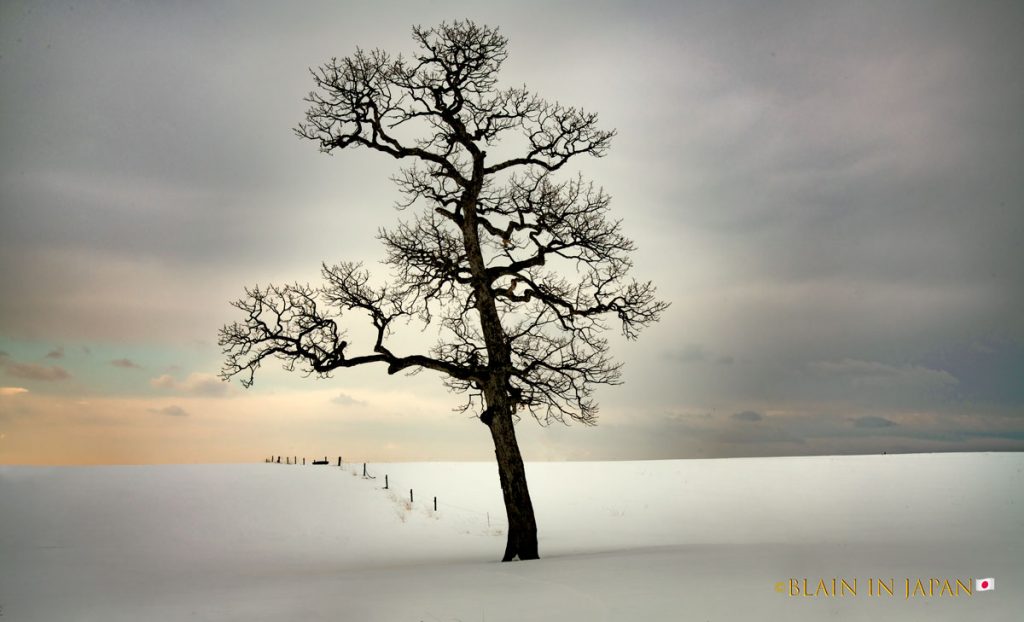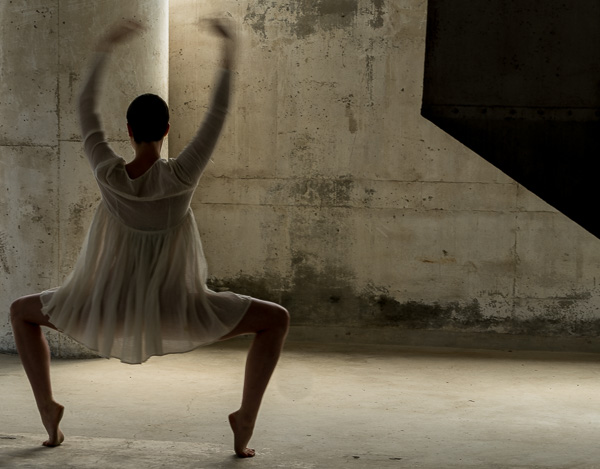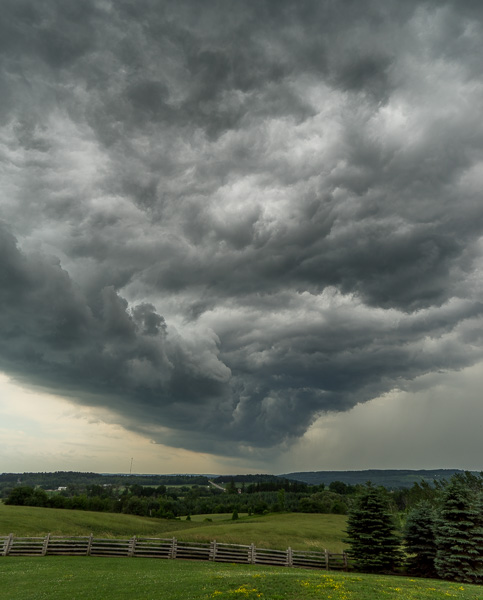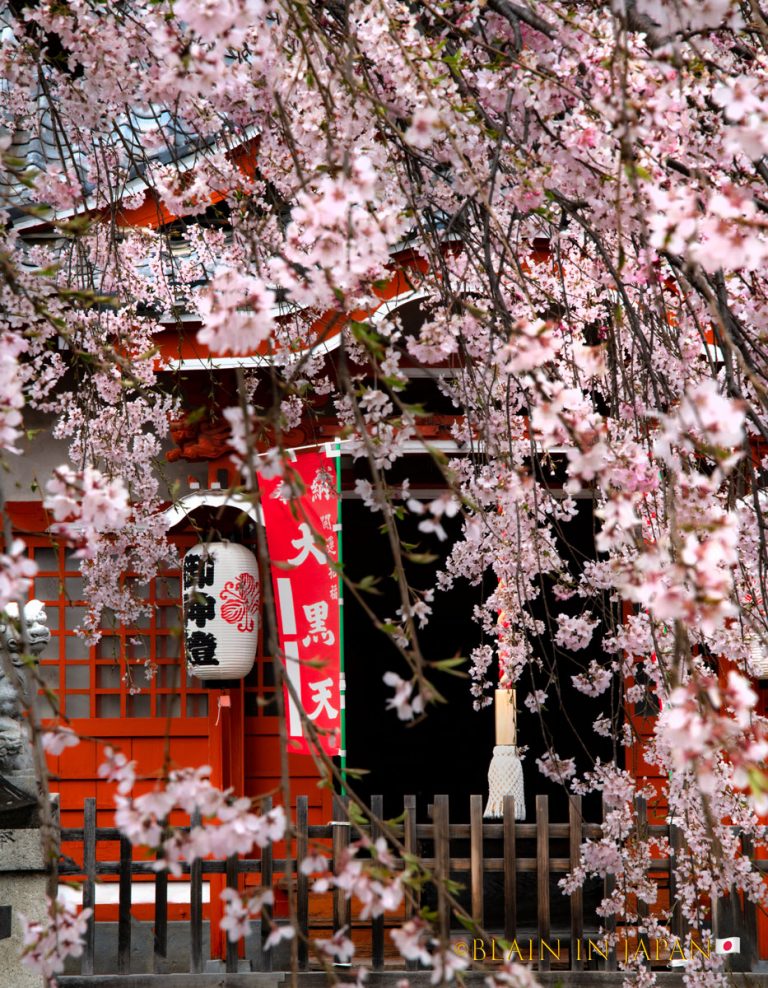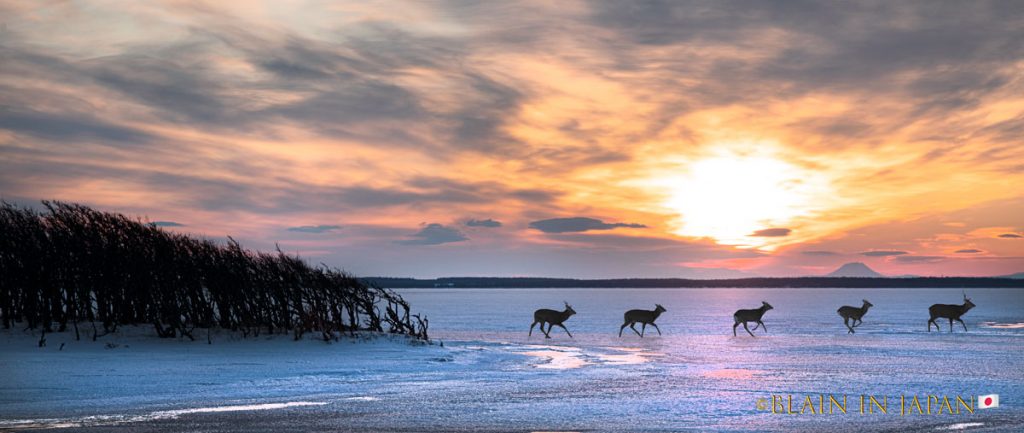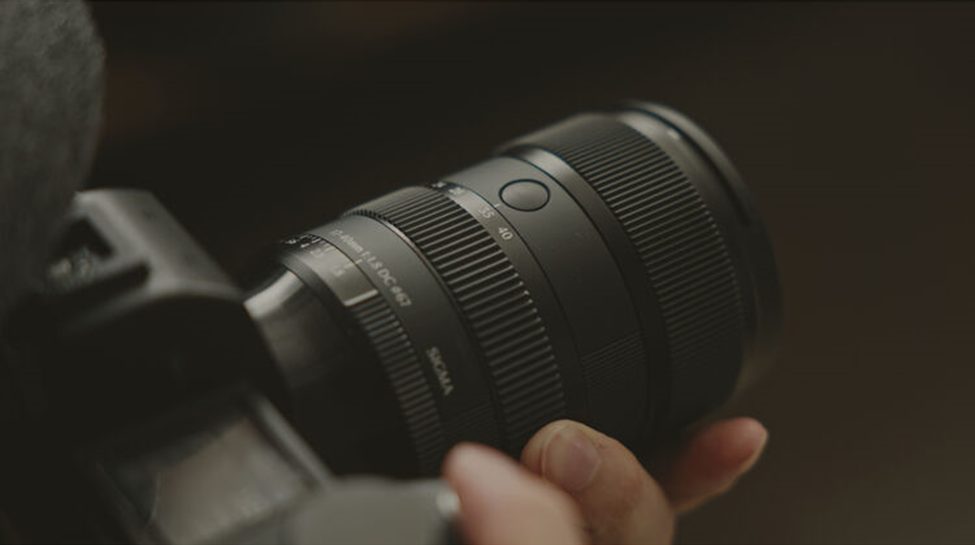Fujifilm GFX100RF: The Compact Powerhouse
That Redefines Medium Format Photography

Fujifilm has done it again. The GFX100RF is here, and it’s unlike anything we’ve seen before in the GFX lineup.
I am a big Fuji fan and user. Fujifilm always surprises us with beautiful, functional, and fun cameras to work with. Is this a camera that interests me? I’ll let you know by the end of this article.

It’s the first fixed-lens camera in Fujifilm’s medium format system. It’s the lightest GFX camera ever at just 1.62 lbs (735g). And it blends portability, high resolution, and the classic Fujifilm shooting experience into one stunning package.
If you love medium format quality but don’t want to carry a bulky system, the GFX100RF might be your dream camera. It looks much like the Fujifilm X-Pro 3 and the X100vi, one of my favorite cameras.
If you are a Silver or Gold Member you can click on any images to see it larger and more detailed.

I have not received a camera to test in real-time, and I hope to have one in the near future. So, much of what I share below comes from a press release and my own opinions.
Let’s break it down.
A 102MP Sensor in a Compact Body

The heart of the GFX100RF is Fujifilm’s 102-megapixel CMOS II HS sensor. This large-format sensor is 1.7x bigger than a typical full-frame sensor, giving you incredible image detail, dynamic range, and stunning depth.
Pair this with the X-Processor 5, and you get improved low-light performance, more accurate autofocus, and better peripheral image quality.
The sensor is a proven workhorse and delivers amazing resolution as proven on their other GFX camera. The question that comes to my mind is: Do I need all of these resolutions in a fixed-lens camera?
What does all this mean for you?
Sharper images, cleaner shadows, and richer colors—even in challenging light.
If you are a Silver or Gold Member you can click on any images to see it larger and more detailed.
A Fixed 35mm f/4 Lens Built for Versatility

This is Fujifilm’s first fixed-lens GFX camera, and they made sure the lens delivers.
The FUJINON 35mm f/4 (equivalent to 28mm in full-frame terms) is ideal for landscapes, street photography, and travel. But Fujifilm didn’t stop there.
The built-in digital teleconverter lets you switch focal lengths to 45mm, 63mm, or 80mm (full-frame equivalent: 36mm, 50mm, and 63mm).

One camera, four focal lengths. No extra lenses are needed. This is pretty clever, and I would love to see it work in real-time. Note the word Digital Teleconverter. This means you have a camera that technically does 28mm – 63mm (35mm format equivalent).
And thanks to its leaf shutter system, flash sync is possible at any shutter speed—a game-changer for portrait and studio photographers. This I see as a big plus, especially when shooting in bright light.
Classic Controls Meet Modern Innovation


If you love Fujifilm’s X100 series, the GFX100RF will feel familiar.
- Aspect Ratio Dial: A first for Fujifilm, this dial lets you switch between nine aspect ratios, including new options 3:4 and 17:6. I love this feature and can see many uses for it, especially with so many megapixels to work with. I’d probably be hooked on the 1:1 square format a lot.
- Surround View Mode: This innovative mode shows a semi-transparent frame around your composition, helping you visualize your shot before you press the shutter. I have always liked this idea, and I use it on my iPhone all the time. Kudos to Fujifilm for implementing this on this camera.
- 3.15-inch Tilting LCD & High-Resolution EVF: The 5.76M-dot EVF offers a 0.84x magnification, giving you an immersive shooting experience. It looks like Fujifilm learned their lesson from the Fujifilm X-Pro 3 rear screen. I had all the X Pro cameras but found the screen on the X-Pro 3 not to my liking. See my Saying Goodbye To My Fuji X-Pro3 article.
-

The rear articulating screen
As I always have, I love how the controls are placed and how customizable the camera is. The controls feel intuitive, the ergonomics are sleek, and the shooting experience is pure Fujifilm magic. I say this from my heart. I love how all my Fuji cameras shoot, especially the experience of shooting with them.

For the record, I own a Fuji x100VI, Fuji XT5, and a Fuji XH2.
Built for Creators: 4K Video, ND Filter, and Frame.io Integration
The GFX100RF isn’t just a stills camera. It’s a powerful video tool too.
- 4K/30P 10-bit 4:2:2 internal recording with 13+ stops of dynamic range (F-Log2)
- Touch AF tracking for smooth subject focus
- Built-in 4-stop ND filter for better exposure control in bright conditions
- Frame.io Camera to Cloud support for instant file uploads
Whether you shoot cinematic video, behind-the-scenes content, or hybrid photo/video projects, this camera has you covered.
While I have a number of cameras I use for video, this would not be one of them. I find my DJI Pocket 3 and iPhone will be much more suited for video. Nice to know it will do video, but that would not necessarily be the reason I would purchase this camera.
Premium Build, Designed for the Field



The GFX100RF boasts a premium design with a top plate machined from a single block of aluminum. This construction ensures durability and a high-end feel. The camera’s compact form factor makes it ideal for photographers seeking portability without compromising on image quality.
Fujifilm crafted the GFX100RF to feel as good as it looks.
The top plate, lens ring, and bottom plate are all precision-machined aluminum, giving it a premium feel with rugged durability.
It also comes with a protective filter, a dedicated adapter ring, and a stylish rope strap—all included in the box. (see image at the top of the article).
I should point out that the GFX100RF does not have any IBIS. That’s a disappointment and a miss in my opinion. Today, every camera should have IBIS as it makes all aspects of photography so much better. The IBIS on the east of the GFX series cameras is very good.
You may enjoy looking at some of my past articles on the FujiFilm GFX camera by clicking HERE.
Who Is This Camera For?
That’s a good question. To me, this is a well-positioned camera for street photography. But, I have an X100-vi as well as my other X camera, and I find the 42 MP sensor all I need to do this kind of work. As a landscape photographer, I need the additional lenses that Fuji offers. I may want a long lens to reach into the trees for a tight composition. Or, maybe a wide-angle to set up a large composition close up where I can utilize foregrounds as part of the shot. Frankly, I think I would find myself quite limited with a. Fixed lens camera like this.
Ask yourself this:
- Do you want medium format quality without the bulk?
- Do you love Fujifilm’s color science, classic design, and intuitive controls?
- Do you want a versatile, fixed-lens camera that adapts to different shooting styles?
If you answered yes, then the GFX100RF will call your name. I’m just not sure it is calling me.
This camera is perfect for travel, documentary, portrait, and fine art photographers who want top-tier image quality in a portable body. There is a big market out there, and Leica has proven that with their successful Leica Q3. Will the GFX100R give it a run for its money? We will have to see. And let’s not forget the Hasselblad XCD. There are choices. When you get to cameras in this price range, it is important to consider image quality as not all cameras with a 100mp sensor deliver the same quality images. I think the Hasselblad XCD delivers amazing image quality and color accuracy.
Pricing and Availability
The Fujifilm GFX100RF launches in April 2025 at a price of $4,899.95 USD / $6,999 CAD.
Order from BH HERE
Order From Roberts Camera HERE
That’s an incredible value for a 102MP medium format camera with a premium fixed lens.
As always, Fujifilm has done a great job pricing their products and this camera. There is something about holding and working with Fujifilm cameras that makes it special.
Final Thoughts: A Medium Format Revolution?

The Fujifilm GFX100RF redefines what’s possible in medium-format photography.
It’s small but powerful. Simple but innovative. Classic but cutting-edge.
If you’ve been waiting for a GFX camera that’s easy to carry and fun to shoot, this is it.
The question is—are you ready to experience medium format like never before?

I have been in medium format for almost all of my career. I was VP at Phase One and have worked with medium-format cameras for as long as I can remember. I have used every camera out there and am presently working with a Phase One XC40. Of course, there is a huge difference in price between an XC40 (150 MP) camera with a 40mm lens. The Phase One XC40 sells for around $63,000 USD.
Based on size factor, ergonomics, speed, and, of course, price, the Fujifilm GFX100RF is a no-brainer. If I were into the GFX line and had a few other GFX cameras, I would certainly add this to my lineup.

One of the questions that has to be asked is based on the photography I do or you do: Do I need a 100MP camera to do it? Is 43MP or even 50 or 60MP enough? A 100MP camera like the GFX100RF will yield beautiful files without a doubt. However, if I took an X100VI file and a GFX100RF file and made a 30×40 print, could you tell the difference? I hope Fujifilm sends me a camera for testing, and if they do, I’ll do this little experiment. I did do something similar with the iPhone, and the results astounded me. Check out this ARTICLE – How Big Can It Go.
Fujifilm, please send me a camera, as I would love to try it out and give it a run for its money. As always, Fujifilm has done it again. Their camera line-up in the X and GFX lines is incredible. I am firmly committed to X series cameras and lenses. I have traveled the world with the X series cameras. It may be time that I seriously look at the GFX line-up and decide if this fits into my photography workflow. Nice job, Fujifilm.






